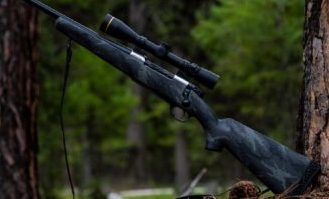
Which tool do you grab for that job?
An eight-pound sledge hammer?
Only if you have the small-man syndrome. Maybe a crescent wrench?
Possibly, if it’s the only thing you have available. No, in a perfect world you grab a simple hammer and drive that thing back down in short order.
Hunting weapons are tools in much the same way.
A smart, seasoned craftsman knows that the right tool for the job will not only make the job faster, but also be more effective – all while keeping your tools in good shape for years to come. For hunting, it should be rifles that ride well on the shoulder and don’t punish the shooter’s shoulder take the place of heavy, super-magnum, bench rest rifles. Longer, more stable, lower draw-weight bows replace the super-speed, pocket sized models. It should all be about what’s effective, not what’s cool. Now I’m only looking for tools that will aid in getting stuff dead, in my cooler, and ultimately, on my table. Getting better sometimes means getting less gun or bow. I’d suggest that often, less is more for the hunter’s weapon. If you’re a hunter, and you don’t have a hunting bow, you should. In most states, being a bowhunter opens up a much longer season, new hunting locations, and opportunities that are closed to gun-only hunters. Sure, there are some enlightened idiots who wave the bow-only flag pretty hard. But, the fact of the matter is, they get access and hunting days that gun-only guys don’t. Maybe you’ve already figured that out, and you love bowhunting as I do. Here are a few things to consider when choosing your first, or next bow: The days of needing to pull 80lb draw weight to make longer shots on the game are over. With a modern compound bow pulling 50-60lbs, an arrow can do more damage than the premier 80lb bow in your grandpa’s favorite hunting shop. Don’t shoot more bow than you need to. Your draw weight should be something that you can pull comfortably from a seated position, off hand, and off balance. Bowhunting can demand that we draw from some weird positions, and do it stealthily. If you have to point that bow to the moon, and crank down with your draw arm to get it back, it’s too heavy. You want a bow that you can point at your target while seated, and draw back in a smooth, controlled motion without making a ruckus. If you can’t pull it back smoothly, it’s too heavy. If you can’t let it down smoothly, it’s too heavy. And if you can’t pull it back several times in a row without getting shoulder pain, it’s too heavy. Don’t over bow yourself. I like my bow around 60lbs. You’ll be happier, more accurate, more practiced, and still have your original rotator cuffs years later if you use the appropriate draw weight. Longer ATA bows can be 35-36” and they tend to be more stable and easy to hold on target, due to their longer risers. Short ATA bows are available in the 28-30” range. These are typically marketed as “tree stand” or “ground blind” bows. They do come with some sacrifice instability and long-range ease of shooting. However, if you’re hunting timber with an average 20-30 yard shooting lane, you’d probably never notice any difference. Some guys love the shorter bows but I tend to prefer a slightly longer bow, and haven’t had any trouble in a tree stand with it. The distance between the string and the back of the grip is called the “brace height”. Most modern bows range anywhere from 5 ¾” – 7 ½” in brace height. As a general rule, a shorter brace height is regarded as less forgiving to shoot in terms of accuracy, since the arrow stays on the string longer and gives more time for user error to affect arrow flight. Honestly, I don’t really buy it. Shorter brace height bows are usually faster, while longer brace heights will be advertised as “shootable” or “forgiving”. The biggest consideration I give to brace height is how it will impact clothing choices. A shorter brace height will bring the string closer to your arm holding the bow upon release. If you plan to use the bow wearing a heavy coat, or are prone to arm-slap from the string, you’ll probably be happier with a longer brace height. More than anything else, the draw length really matters when you pick your bow. If a bow doesn’t fit, it will be almost impossible to shoot consistently. I like to shoot about ½” short to allow for a slight bend in my elbow to compensate for a coat and to resist a string slap on my forearm. Unfortunately, a hand-me-down bow will almost never fit the new archer. Make sure to get the draw length and weight set for your needs. Arrows are built to match your bow. You’ll need different arrow spines (stiffness) based on your draw length and weight. Most arrow manufacturers offer simple charts like this one to determine the correct spine. Once you have the correct spine, you’ll need to decide if you want a heavy arrow for energy and penetration on thick/large game, or if you want a lighter, faster arrow to minimize arrow drop at longer ranges. There are a bazillion broadheads on the market: fixed blade, expandable, turkey, deer, even one that holds a .357 Magnum round. Really, they all work pretty well. Whatever you prefer, use one that you trust to do its job. If you’re shooting lower poundages, a cut-on-contact fixed blade broadhead is probably best. If you’re shooting high energy, fast bow, you’ll probably get good performance out of an expandable. Just make sure it’s sharp, and hits where you aim it! Hunters today have more options for hunting rifles than ever before, and it’s awesome! The only problem is that with so many choices, how are we supposed to pick just one? Well, I’d suggest you don’t. Pick several. But if you’re looking for a good place to start, let’s talk about some things to look for when you’re trying to find the perfect big game hunting rifle. A rifle’s action refers to its method of operation, or how it loads a round into the chamber. The most popular hunting rifles are auto-loaders (think AR-15 or Browning BAR), bolt actions (Remington 700, Winchester 70), and lever actions. I own rifles in each of these actions, and they all have respective strengths and weaknesses. Overall, it’s hard to deny the versatility and accuracy of the venerable bolt action. Most hunting applications only require a single shot, and the occasional follow up shot. For this, the bolt action is perfect. If I had to choose one rifle to hunt with for any and all big-game in North America, it would be a bolt action 30-06. Remember the analogy from the beginning of this long article? The one about grabbing a sledge hammer to drive a nail? Rifle calibers can be like that. A .338 Win Mag is a cool round. It’s a little bit much for whitetail deer. Your hunting situation (long range, brush country, mountains) will be the deciding factor in your choice of rifle caliber. You’ll have to find the right balance between bullet trajectory, bullet energy at impact, an ethical kill, and the preservation of game meat. Don’t shoot a caliber so light that it doesn’t get the job done quickly. Don’t shoot a caliber so large that it destroys both front shoulders at impact. Don’t go cheap on your rifle scope, please. If your scope gets knocked off or you can’t see the deer nestled across the ridge, then your perfect rifle in the perfect caliber is useless. I’ve heard that the rule of thumb should be, “Your scope should cost as much as your rifle.” I’m not sure if I’m quite ready to agree with that yet, but I’m getting closer every year. If I could start over, I’d always spend at least half as much on the scope as I did on the hunting rifle, and never less than $200 on a scope for any big-game I use for hunting. Think about how you’re going to use the rifle and how long you plan on carrying it around as you’re deciding what to buy. If you’re stand hunting and don’t have a long hike in, a heavier rifle will reduce felt recoil. If you’re backpacking in deep, you’ll be glad to absorb a little recoil in order to save a pound or two of pack weight. And If you’re planning on shooting at animals hundreds of yards away, you’ll appreciate that longer barrel length. If you’re bushwhacking your way around the eastern mountain ranges, that short barreled rifle will keep you from cussing every low branch you meet. When you’re considering your perfect rifle and caliber, the bullet options in that caliber should always play into the decision. Solid base bullets will penetrate better and hold together at higher velocities. Ballistic tipped expanding bullets will deliver a lot of shock to the thin-skinned game. Fragmenting bullets will drop varmints in their tracks at very long ranges. Heavier bullets carry more energy, but fall faster. Hunting bear? You’d better be able to get a heavy, solid bullet in your caliber. Whitetail? A fast mushrooming mid-weight bullet is probably best. Sure, there are better tools for the job available. But at the end of the day, a lot of nails have been driven by a crescent wrench. Likewise, a lot of guys have killed a lot of game with rifles that were designed with a different purpose in mind. Even more than which rifle or bow you choose, practice matters! Practice until that weapon feels like a natural extension of yourself. Practice until you know the weapon inside and out, front to back, and have the utmost confidence. That confidence is going to make the difference. As you practice and learn the performance limits of the weapon and yourself, you’ll become a better hunter. Rather than tracking a wounded animal for hours after a marginal shot, you’ll learn to hold off until you can get a clean kill. Learning your own limits as a hunter and your weapon’s effective use is part of our responsibility as hunters, and respecting the animals we love. Pick the right rifle or bow for your hunting style. Practice with it, a lot. Then come back here and share your success photos with us.Finding the Perfect Hunting Bow
Draw Weight
Axel to Axel (ATA) Length
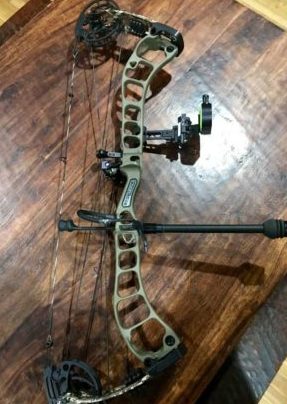
Brace Height
Draw length
Arrows
Broadheads
Finding the Perfect Hunting Rifle
Actions
Calibers
Optics
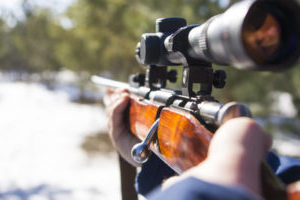
Weight and Length
Bullets
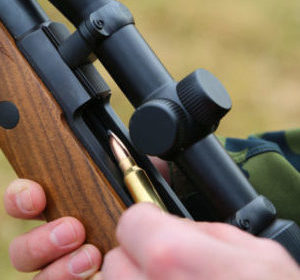
Practice Matters More than the Tool
Knowing your Limits and Respecting the Animals


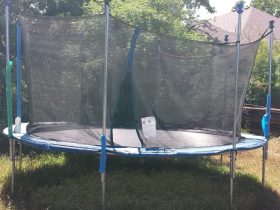


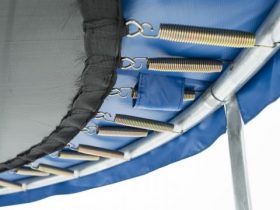
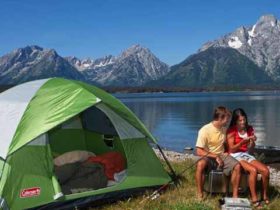
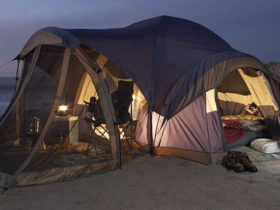
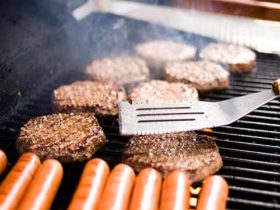
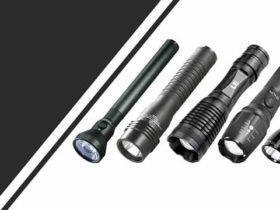
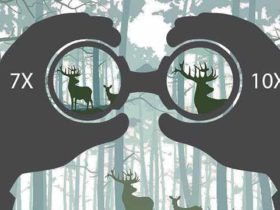
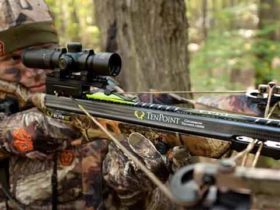
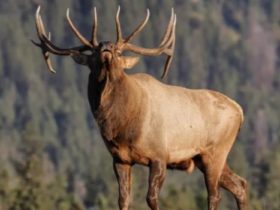
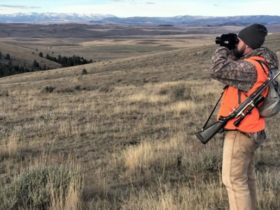
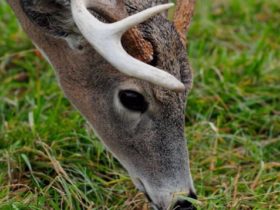
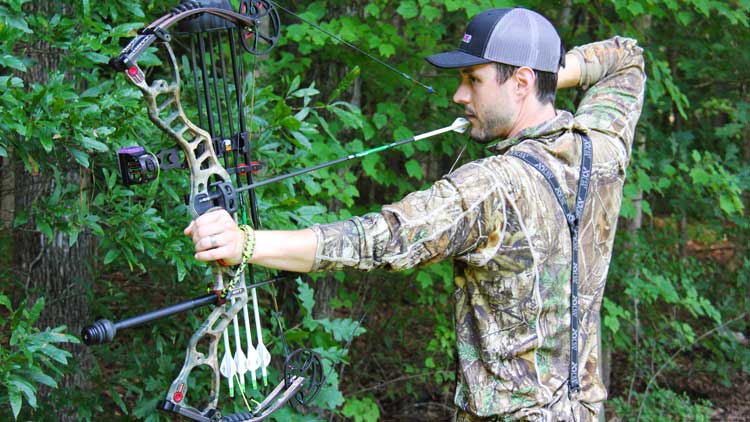
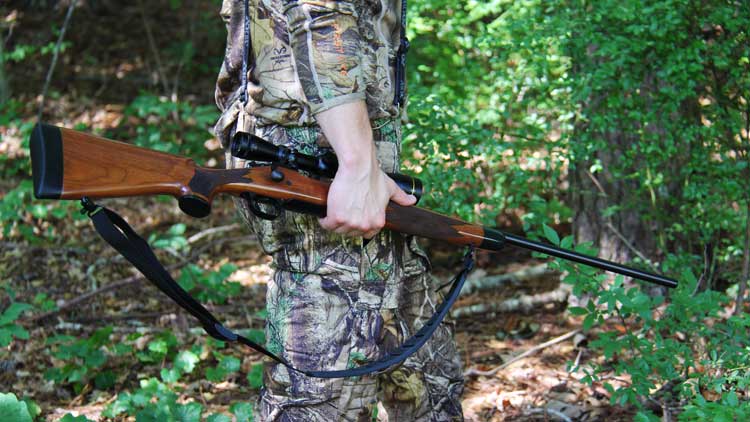
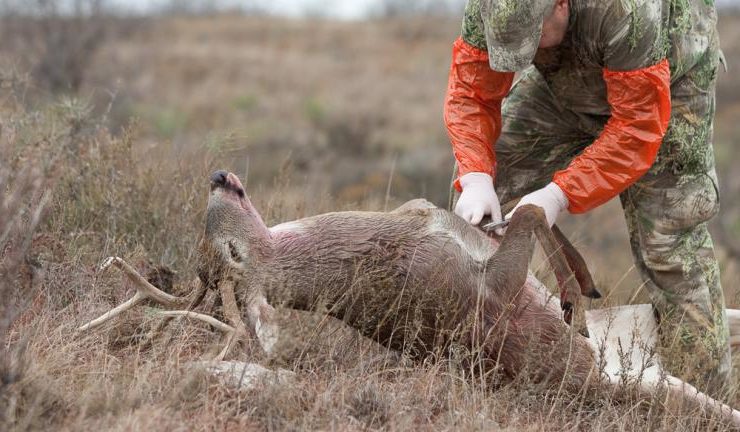




Leave a Reply
View Comments